Due to the common anode, you're forced to place the switching element (the transistor) on the cathode side of the LED, low-side. This means that any PNP (or P-channel FET) will be operating as a voltage follower, which will always incur an additional loss of \$V_{BE}\$ (or \$V_{GS}\$) across the transistor.
An emitter (or source) follower configuration is the only way you can achieve non-inverting behaviour from a single transistor, so sadly I don't think you'll find a single transistor solution that doesn't suffer from that loss.
I would suggest that you try using a CMOS IC, like the 74HC137, rather than the 74LS137. If there's anything else sinking current from an LS output, a high is not guaranteed to be above +2.4V, which might not be high enough to switch the LED completely off! An 'HC device has CMOS outputs which will get very close to both supply potentials.
I imagine you've already considered this, but I'll say it for completeness: a discrete transistor solution is still going to require space for a couple of diodes and a transistor, which is already approaching the footprint of a single 14-pin IC. The solution might simply be to use a 74'08, 74'11 or similar. That way you have no diode voltage drops to worry about, and a bunch of spare gates. A more useful IC might be a 74'00 or 74'10, it's always useful to have a spare inverter.
